Throughout history, changing demographics, natural disasters, and societal shifts
have led to the decline of once-vibrant religious buildings. While many historic
churches have been preserved or repurposed, some notable examples have fallen
into various states of disuse or abandonment.
This exploration focuses on documented cases where these sacred spaces face
significant challenges.
St. Michael Church, Gary, Indiana

This Methodist Episcopal church, constructed in 1926, ranks among the best-
documented examples of abandoned churches in the United States. When Gary’s
steel industry declined and the population dwindled, the church closed its doors in 1975.
The exposed Gothic Revival architecture represents the greater tale of the
decline of the American Rust Belt.
Church of the Holy Cross, Kayaköy, Turkey
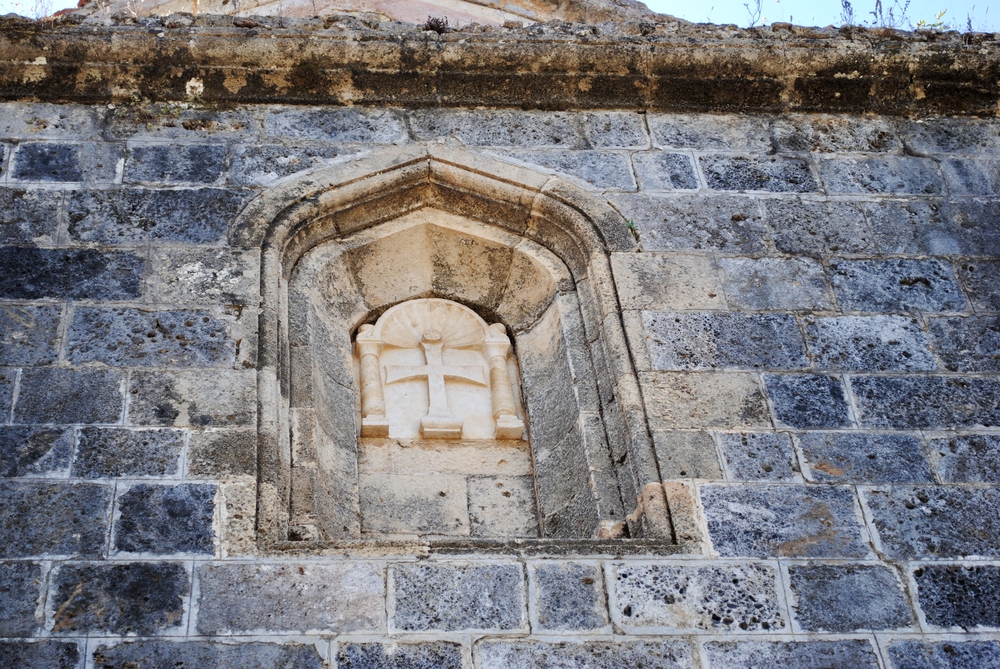
This Orthodox church is located in the ghost town of Kayaköy and was abandoned
after the population exchange between Greece and Turkey in 1923. The stone
structure remains part of a designated museum village, with its walls standing as a
testament to the region’s complex religious and political history.
Like Travel Pug’s content? Follow us on MSN.
St. Dunstan-in-the-East, London, England
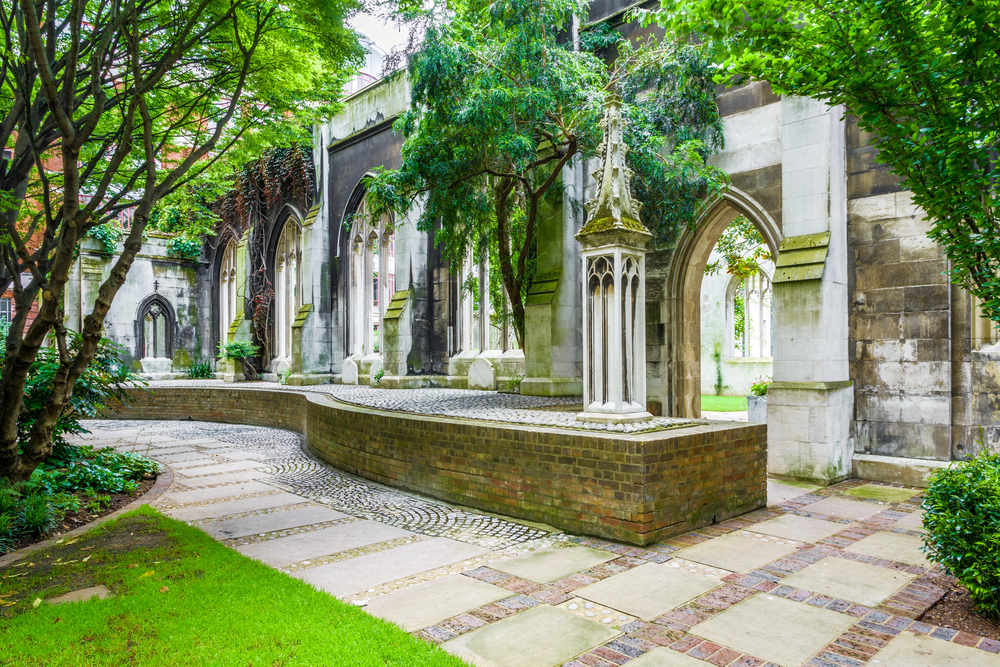
While not technically abandoned, this Christopher Wren-designed church was
severely damaged during World War II and never restored to its original purpose. In
1971, the City of London deliberately preserved its ruins and transformed the space
into a public garden, making it a unique example of adaptive reuse.
Monastero di San Benedetto, Malcesine, Italy
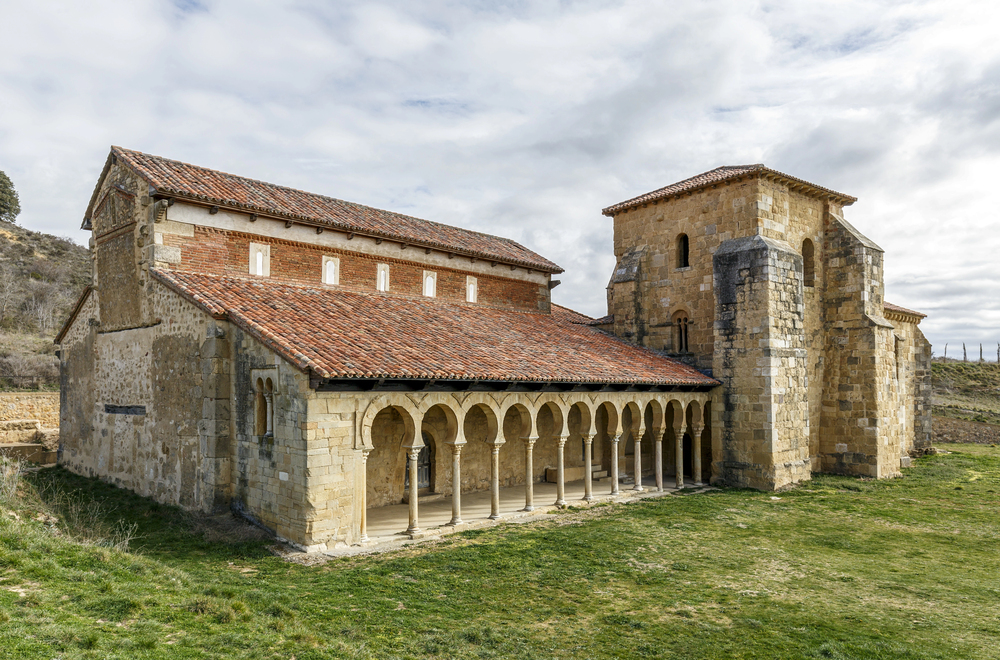
This remote monastery church in the mountains above Lake Garda has been
documented as unused since the early 20th century. Local preservation groups
continue to monitor its condition, though no formal restoration plans have been
implemented.
Red Church, Sochos, Bulgaria

This Orthodox church, notable for its distinctive red brick construction, has been
considered unused for religious services since the 1980s. While the building remains
standing, its current condition highlights the challenges of maintaining historic
religious structures in rural areas.
Like Travel Pug’s content? Follow us on MSN.
St. Joseph’s Church, Barbados
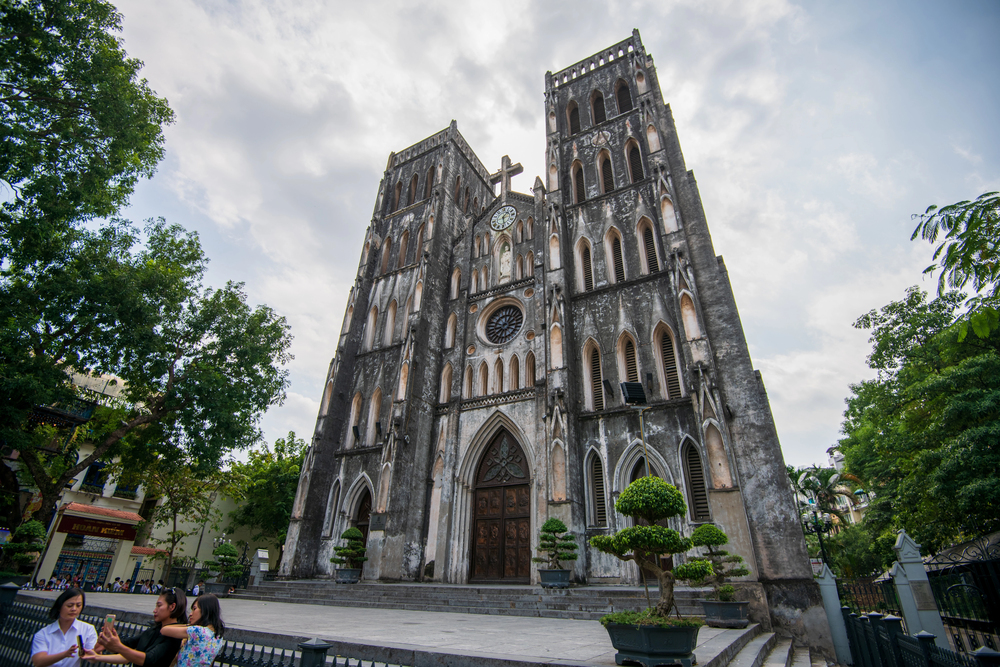
Built in 1839, multiple hurricanes damaged this Anglican church, and it officially
deconsecrated in 1992. The structure remains unmaintained, and public access is
restricted due to safety concerns.
Its weathered coral stone walls and exposed Gothic arches have become a haunting symbol of the island’s architectural heritage, drawing photographers and historians who document its gradual decay from a safe distance.
Old Stone Church, West Boylston, Massachusetts
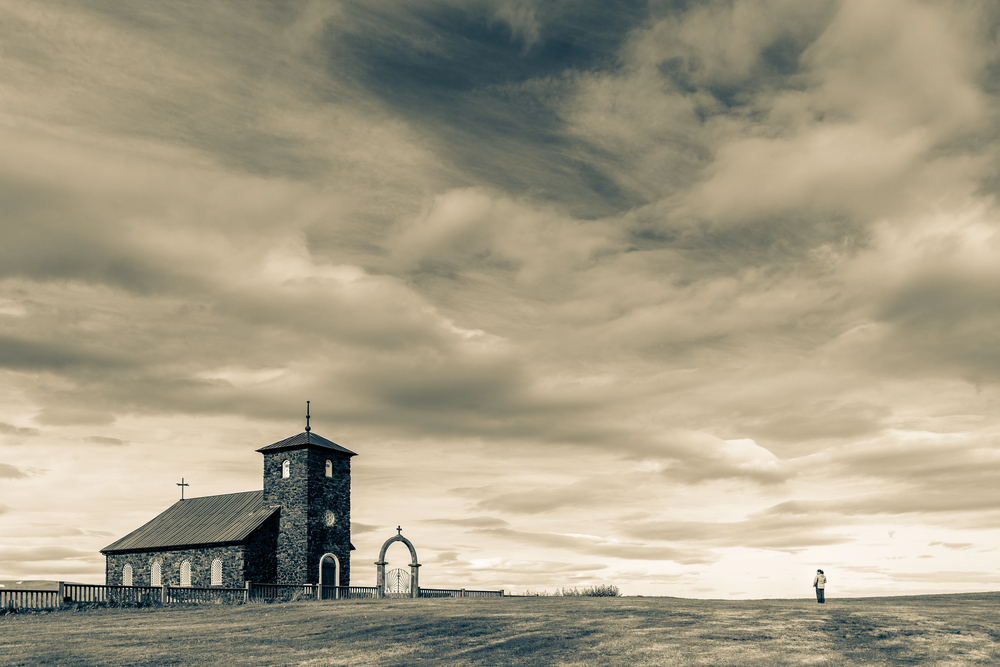
This church was submerged when the Wachusett Reservoir was created in 1896.
Only the upper walls are visible today.
Although not exactly ‘abandoned,’ it is one of the partial ruins of historic religious structures due to infrastructure development.
Christ Church, Đakovo, Croatia
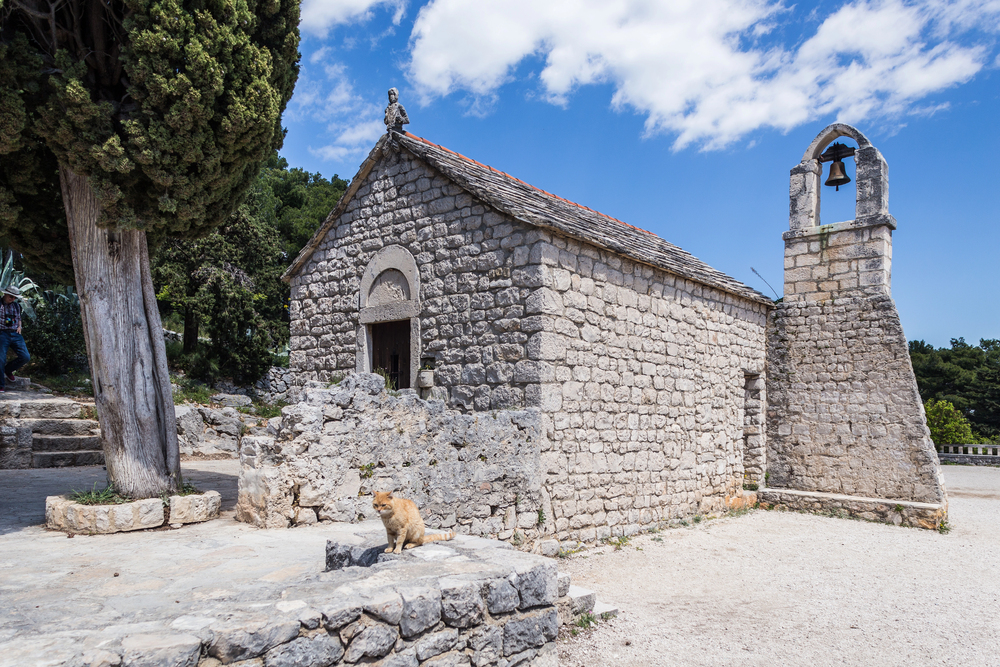
This Protestant church, erected in the 1890s, was permanently closed after World
War II. Although the building still exists, it has been documented as unused for
religious purposes for decades.
Local preservation groups have documented the deteriorating condition of its neo-Gothic architecture, which features a 145-foot spire that once dominated the town’s skyline.
Like Travel Pug’s content? Follow us on MSN.
Church of Santiago, Belchite, Spain

This is part of the ruins of Old Belchite, a church that was heavily damaged during
the Spanish Civil War and deliberately preserved in its ruined state as a memorial.
Its documented abandonment is a powerful reminder of the impact of the conflict on
religious heritage.
St. Agnes Church, Detroit, Michigan
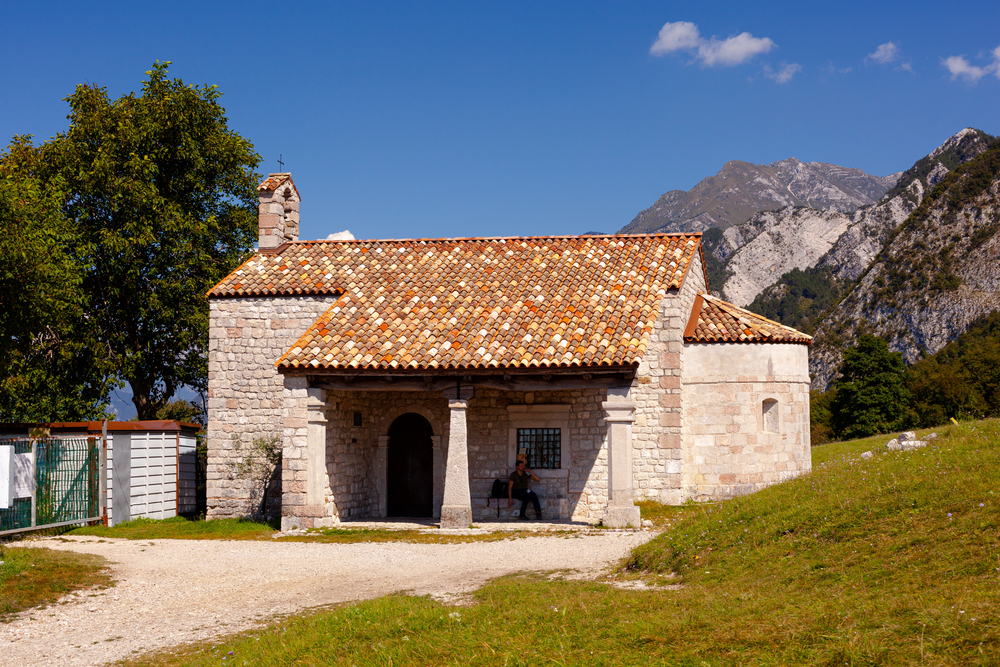
This church was closed in 2006. It is an undisputed case of modern urban
abandonment. However, its Gothic Revival architecture remains largely intact, and
the building faces preservation challenges.
Chapel of Notre-Dame-des-Victoires, Brittany, France
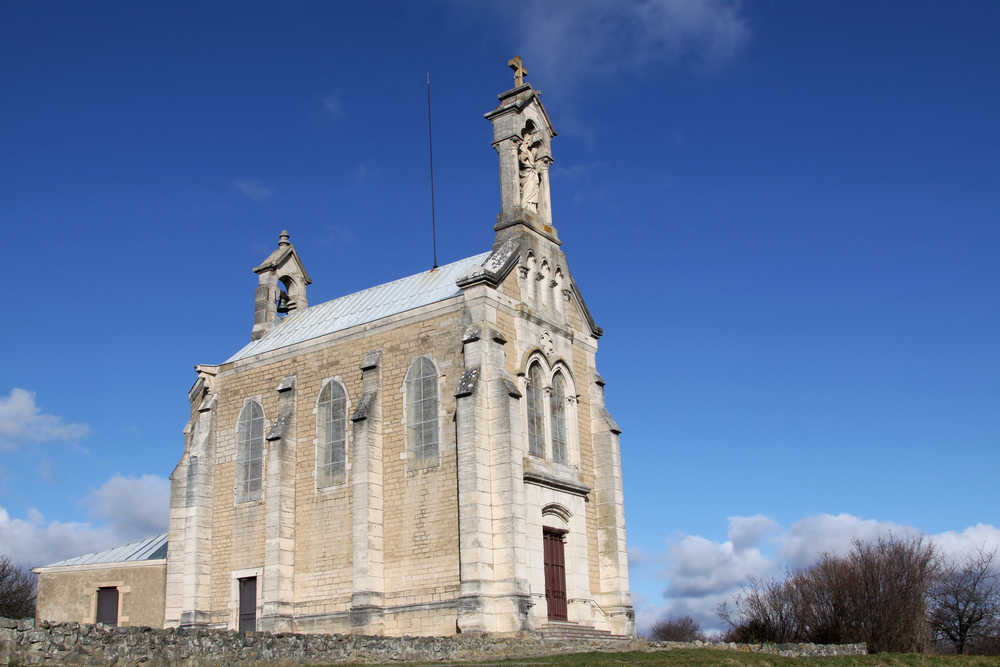
This 17th-century seaside chapel was partially destroyed by coastal erosion and has
been documented as unused since the 1990s. Its remains stand as an example of
environmental threats to historic religious structures.
Like Travel Pug’s content? Follow us on MSN.
Church of the Assumption, Centralia, Pennsylvania
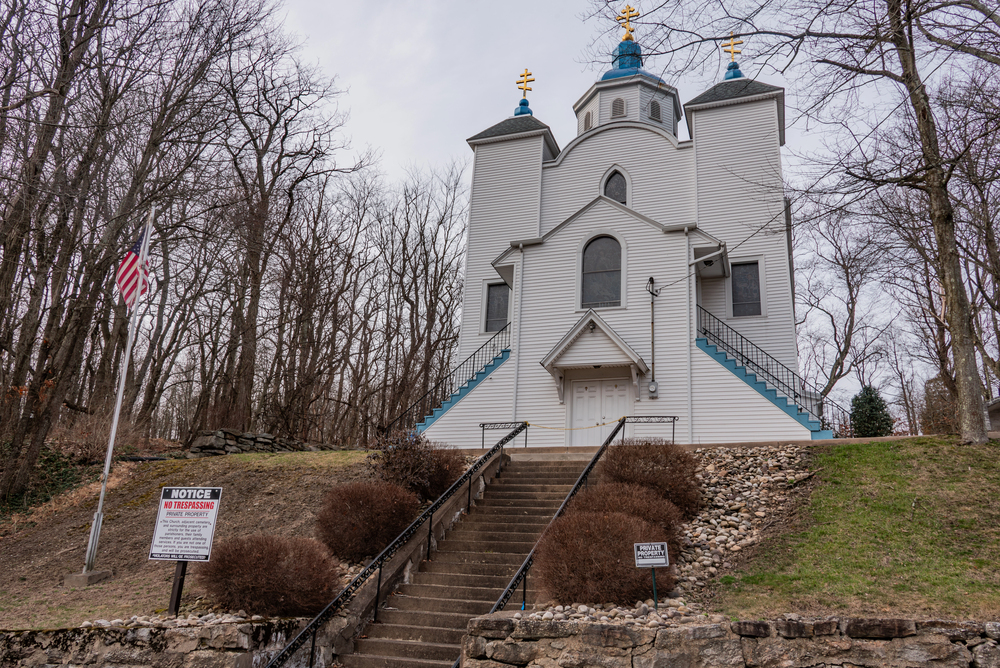
Located in the famous ghost town of Centralia, this church was one of the last
buildings to close due to the underground mine fire. It was officially deconsecrated in
2017, marking a well-documented case of environmental disaster forcing church
abandonment.
St. Peter’s Seminary, Cardross, Scotland
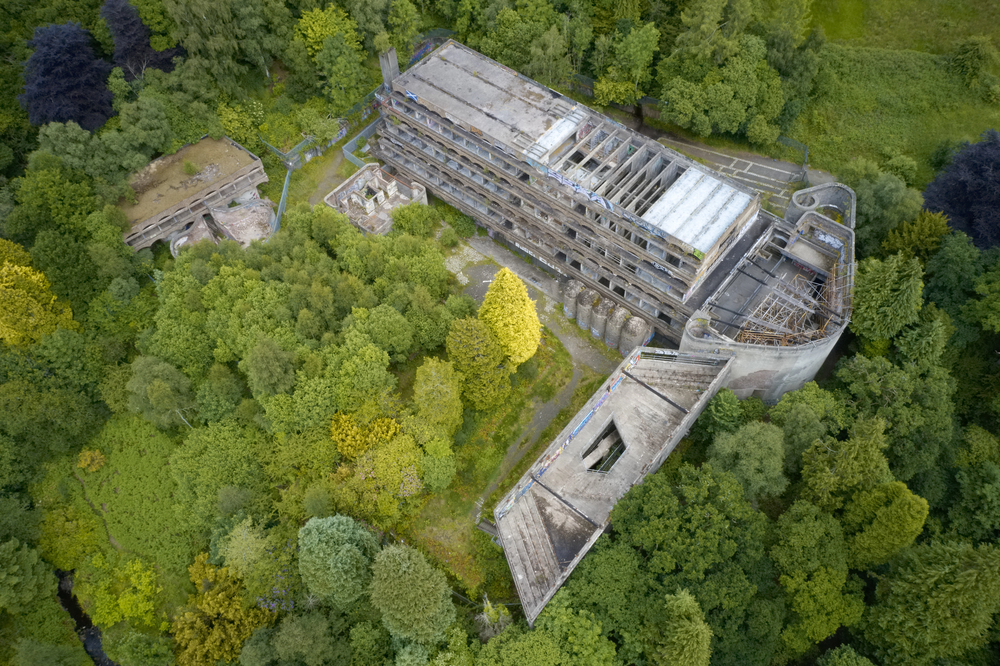
While not strictly a church, this Brutalist Catholic seminary closed in 1980 and
represents one of Scotland’s most significant modern ruins. Its abandonment is well-
documented and has been the subject of numerous architectural studies.
Former Methodist Church, Bodie, California

This church, part of Bodie Ghost Town State Historic Park, was abandoned and
thoroughly documented as part of the town’s preservation as a historic site. It stands
as an example of how religious structures fare when entire communities are
abandoned.
Like Travel Pug’s content? Follow us on MSN.
Old Church of Trzęsacz, Poland
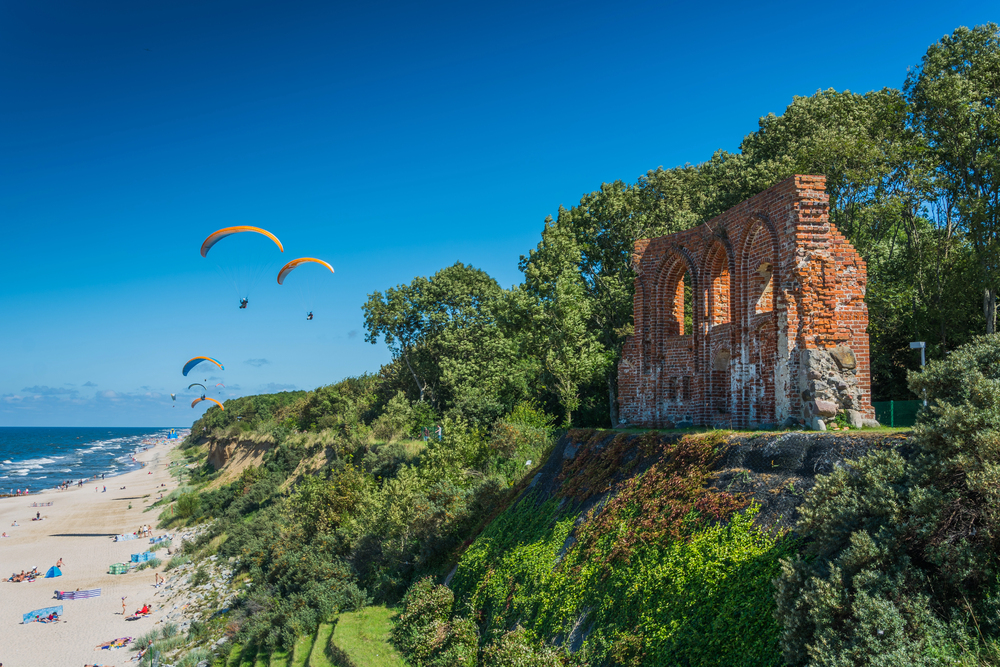
Only a single wall remains of this 15th-century church, which gradually fell into the
Baltic Sea due to coastal erosion. Its documented decay over centuries provides a
striking example of natural forces affecting religious architecture.
St. George’s Church, Lukova, Czech Republic
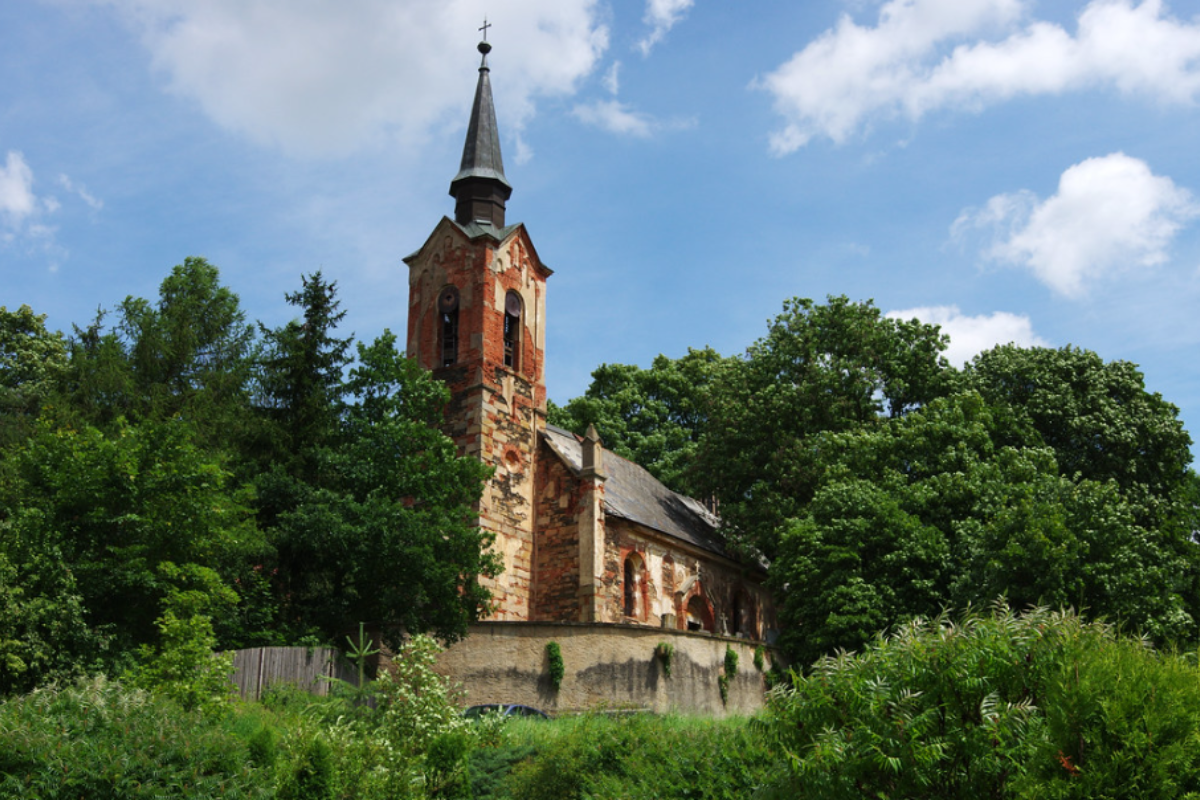
Known as the ‘Ghost Church,’ this 14th-century structure fell into disuse after its roof
collapsed during a funeral service in 1968. Since then, the building has been
documented as abandoned, though it gained attention in 2012 when an art
installation featuring plaster figures was installed inside the ruins.
Varosha Church, Famagusta, Cyprus
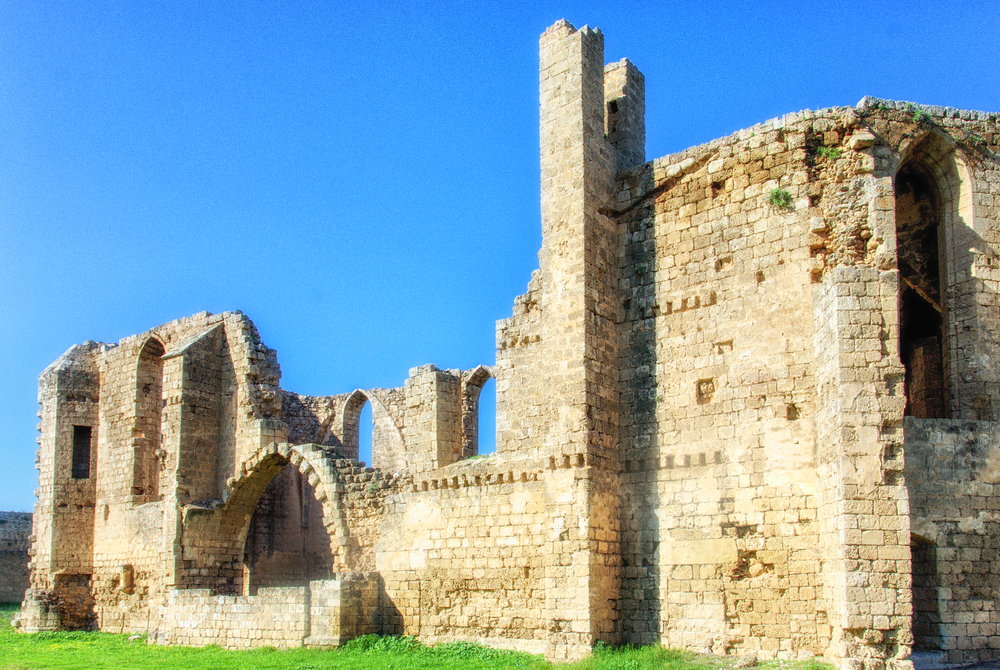
This Orthodox church has been verified as abandoned since 1974, when the Turkish
invasion led to the evacuation of Varosha. The building remains in the fenced-off
ghost city, with documented evidence of its deterioration through satellite imagery
and authorized photography.
Like Travel Pug’s content? Follow us on MSN.
Church of the Holy Redeemer, Ani, Turkey

Part of the medieval Armenian city of Ani, this church has been confirmed
abandoned since the city’s desertion in the 17th century. Though it faces ongoing
preservation challenges, the structure is one of the best-documented examples of
medieval Armenian church architecture.
All Saints Church, Aldwincle, England
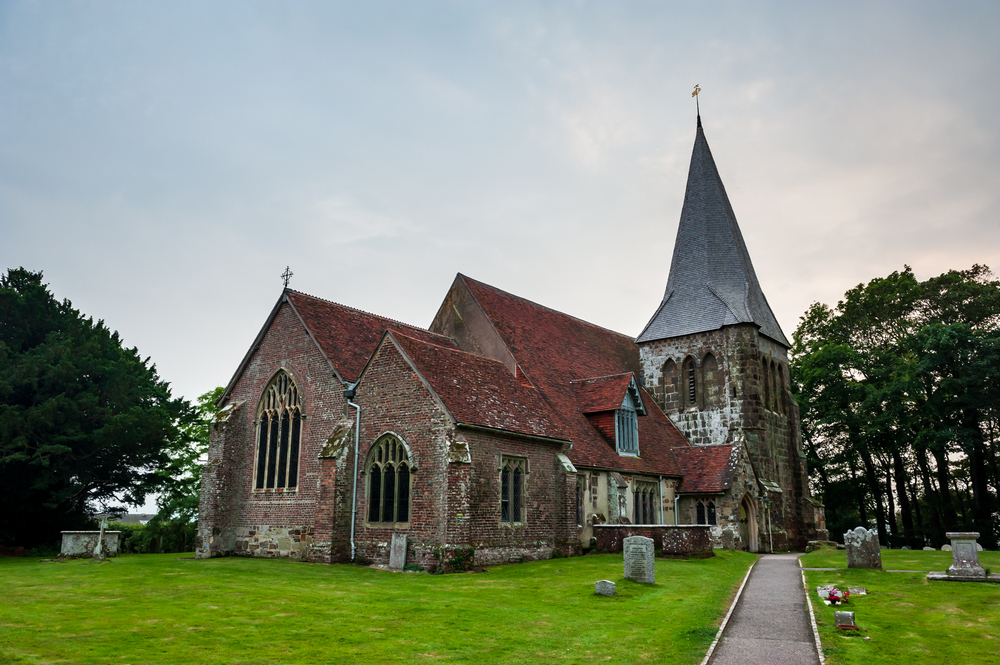
This medieval parish church was officially declared redundant in 1976 and
transferred to the Churches Conservation Trust. While preserved as a historical
monument, it no longer serves its original religious purpose and is a documented
example of rural church redundancy.
Chiesa di San Galgano, Tuscany, Italy
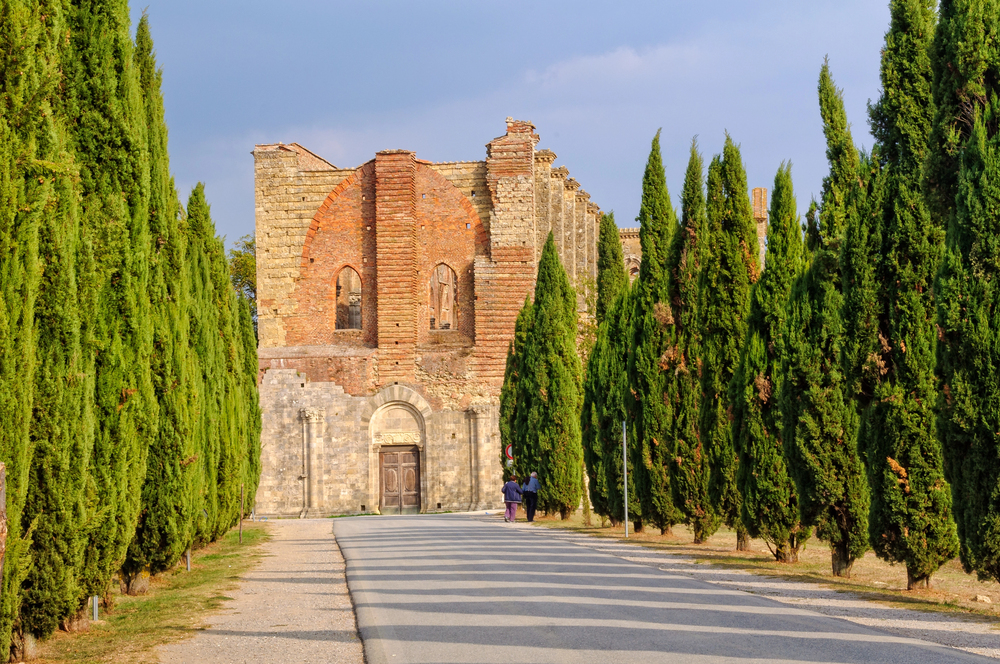
This former Cistercian abbey church has been roofless and unused for religious
purposes since the late 18th century. Historical records document its abandonment,
and the site now serves as a carefully preserved architectural ruin.
Like Travel Pug’s content? Follow us on MSN.
Maintaining Historical Accuracy
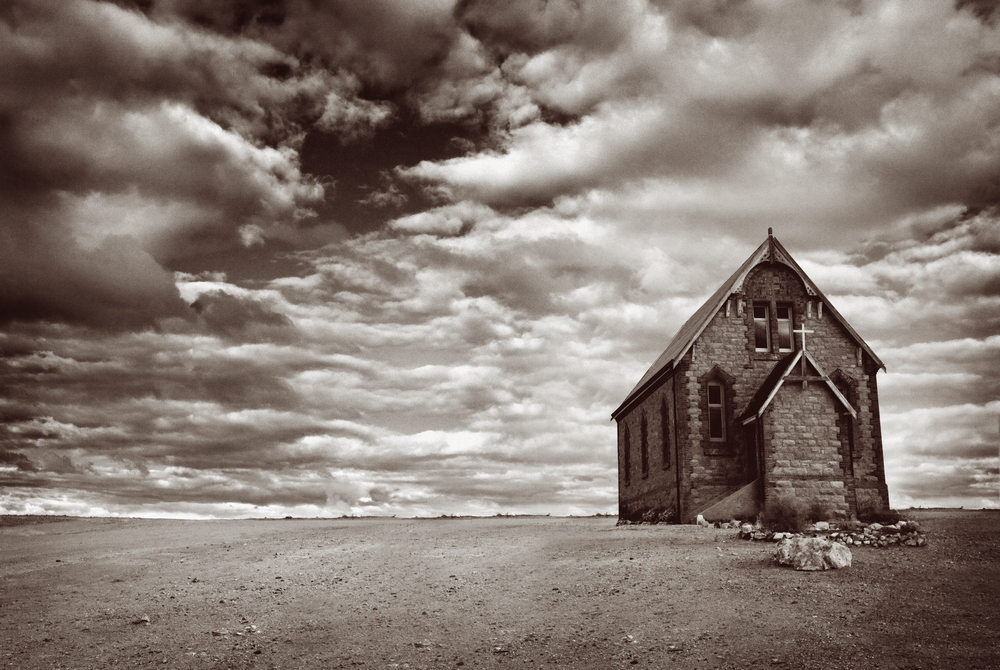
The study of abandoned religious buildings requires careful documentation and
verification. While many historic churches face challenges, their stories deserve
accurate telling.
This overview focuses on cases where disuse or abandonment has been
documented, recognizing that the status of religious buildings can change as
preservation efforts and community needs evolve.
More from Travel Pug

- 15 Dangerous European Cities to Avoid
- 15 Caribbean Islands Where Tourists Keep Getting Scammed
- The 20 Most Fascinating Abandoned Places: A Journey Through Time and Forgotten Spaces
- 15 Hidden Places in the Smithsonian Museums Locals Love: A Guide to Lesser-Known Treasures
- 16 Hidden Florida Beach Towns That Aren’t Overrun with Tourists
Like Travel Pug’s content? Follow us on MSN.
